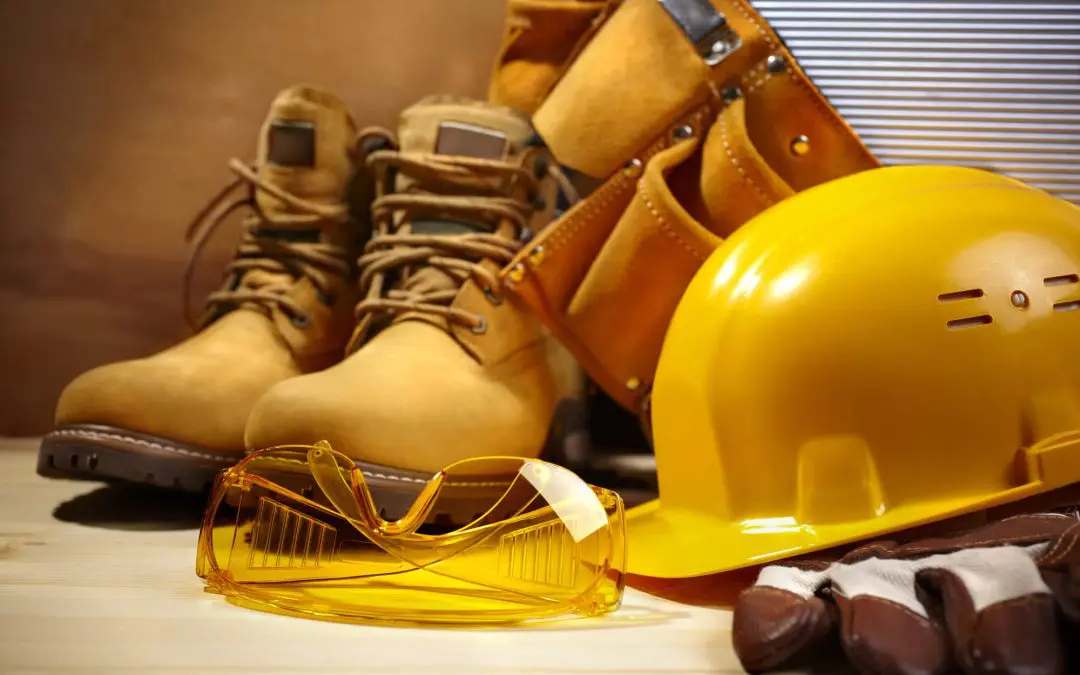If you love tackling DIY projects, whether building furniture, renovating a room, or crafting something unique, you know how rewarding it can be to create something with your own hands. But before you dive into your next project, it’s essential to prioritize safety. The right gear can protect you from injuries and ensure you complete your project without a trip to the emergency room. Let’s break down the safety gear every DIY enthusiast should have in their toolbox.
Safety Glasses or Goggles
Your eyes are one of the most vulnerable parts of your body when working with tools and materials. Sawdust, metal shavings, and chemical splashes can cause serious injuries if you’re not protected. Safety glasses are great for general use, but if you’re working with chemicals, liquid adhesives, or anything that might splash, goggles provide a better seal and added protection.
Hearing Safety Gear
Power tools can be incredibly loud, and prolonged exposure can lead to permanent hearing loss. If you’re using saws, drills, sanders, or any high-decibel tools, invest in quality hearing protection. Foam earplugs work in a pinch, but earmuffs designed for construction noise provide better and more consistent protection.
Dust Mask or Respirator
If your project involves sanding, painting, or working with chemicals, you’re likely inhaling dust, fumes, and other airborne particles that can be harmful to your lungs. A simple dust mask can help with sawdust and debris, but for heavier-duty jobs involving paint fumes, varnishes, or insulation, a respirator with proper filtration is a must.
Work Gloves
Your hands take a beating during DIY projects. From splinters to burns, cuts to blisters, the right gloves can save you from a lot of pain. Choose gloves that match your project—leather gloves are great for heavy-duty work, while rubber gloves protect against chemicals and liquids. If you need dexterity, there are thinner gloves with cut-resistant materials that offer protection without sacrificing flexibility.
Steel-Toe Boots
Foot injuries are common in DIY projects, especially if you’re handling heavy materials or working with sharp objects. A sturdy pair of steel-toe boots can protect your feet from falling tools, sharp objects, and other hazards. If boots feel too bulky for smaller projects, at least opt for closed-toe shoes with thick soles to prevent injury.
Long Sleeves and Pants
While it might be tempting to wear shorts and a T-shirt while working in your garage or backyard, exposed skin is more vulnerable to cuts, burns, and chemical spills. Durable, long-sleeved shirts and pants made from materials like denim or canvas provide an added layer of protection. If you’re welding or working with sparks, fire-resistant clothing is an even better choice.
Knee Pads
If your project requires a lot of kneeling—like laying tile, installing flooring, or gardening—knee pads can make a world of difference. They protect your knees from hard surfaces and help prevent long-term joint pain and discomfort.
Safety Gear for Your Head
For DIYers working on projects involving overhead risks, like roofing, tree trimming, or demolition, a hard hat is a smart investment. A single falling brick, branch, or piece of debris can cause serious injury, and a good-quality hard hat can absorb the impact and keep you safe.
Fire Extinguisher
You don’t wear this one, but it’s just as important. DIY projects often involve electrical work, flammable materials, or tools that generate heat. A fire extinguisher rated for multiple types of fires (such as ABC-rated) should be within easy reach whenever you’re working. It’s a small investment that could save your home and your life.
DIY projects should be fun and fulfilling, but safety should always come first. With the right gear, you can work confidently and avoid unnecessary risks.
FAQs on Safety Gear Every DIYer Should Own
Do I really need safety glasses for small projects?
Yes. Even small tasks like hammering a nail or using a hand saw can send debris flying toward your eyes. It’s always better to be safe than sorry.
Can I use regular sunglasses instead of safety glasses?
No. Sunglasses aren’t designed to withstand impact and don’t provide the side protection that safety glasses or goggles do.
Are all respirators the same?
No. Basic dust masks are fine for sawdust, but for fumes and chemicals, you’ll need a respirator with proper filtration, such as an N95 or higher-rated mask.
What’s the difference between steel-toe boots and regular work boots?
Steel-toe boots have reinforced toe caps that protect against heavy falling objects, while regular work boots might not offer the same level of protection.
Do I need a hard hat for DIY projects at home?
If you’re working on anything where objects could fall on your head—like tree trimming, roofing, or structural work—it’s a good idea to wear one.
How often should I replace my safety gear?
It depends on usage. Safety glasses with scratches should be replaced immediately, ear protection should be checked for wear, and respirators should be replaced according to manufacturer guidelines. Always inspect your gear before starting a project.
Legacy Property Inspections offers home inspections to customers in Southeast Georgia. Contact us to schedule our services.

